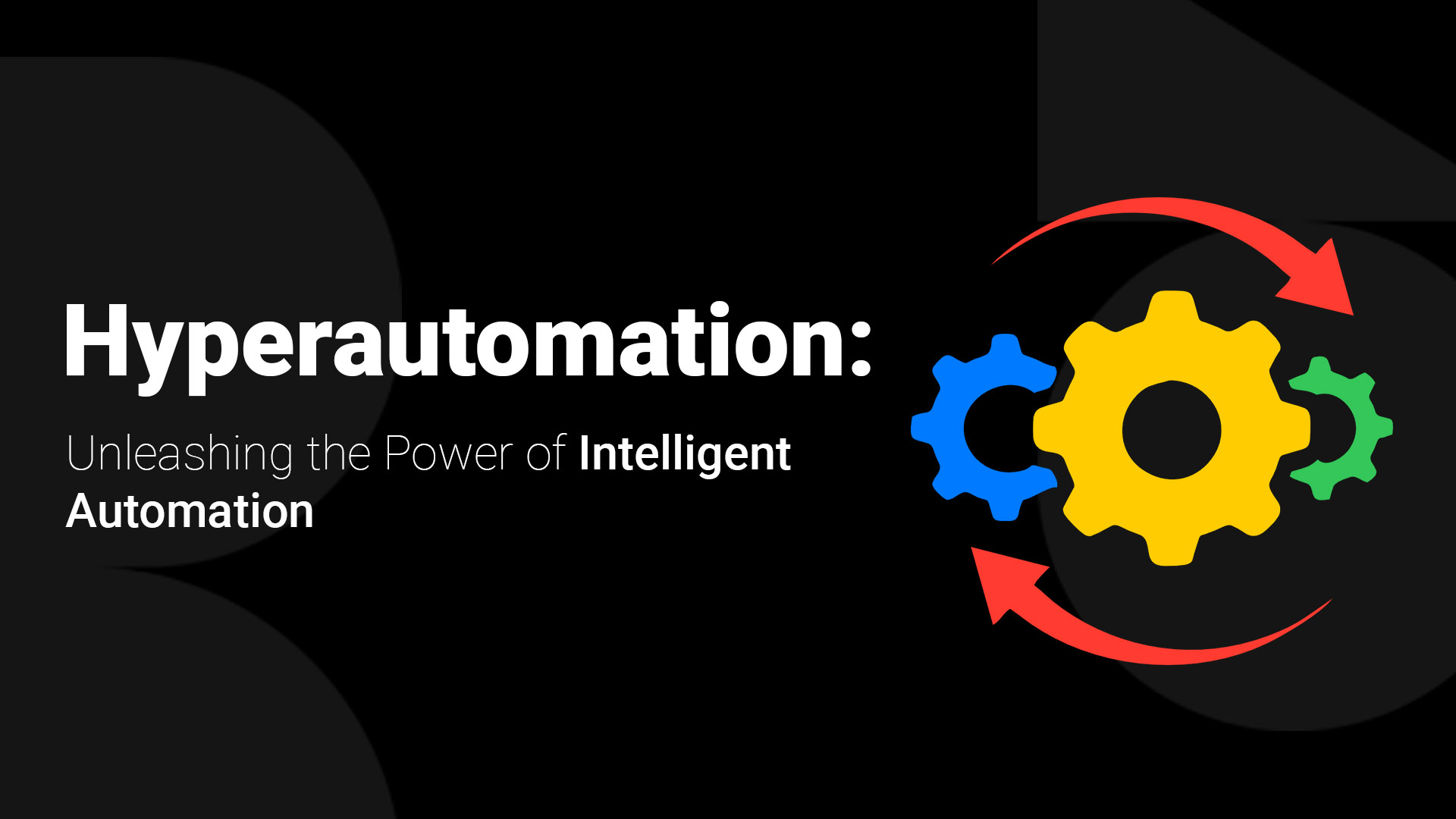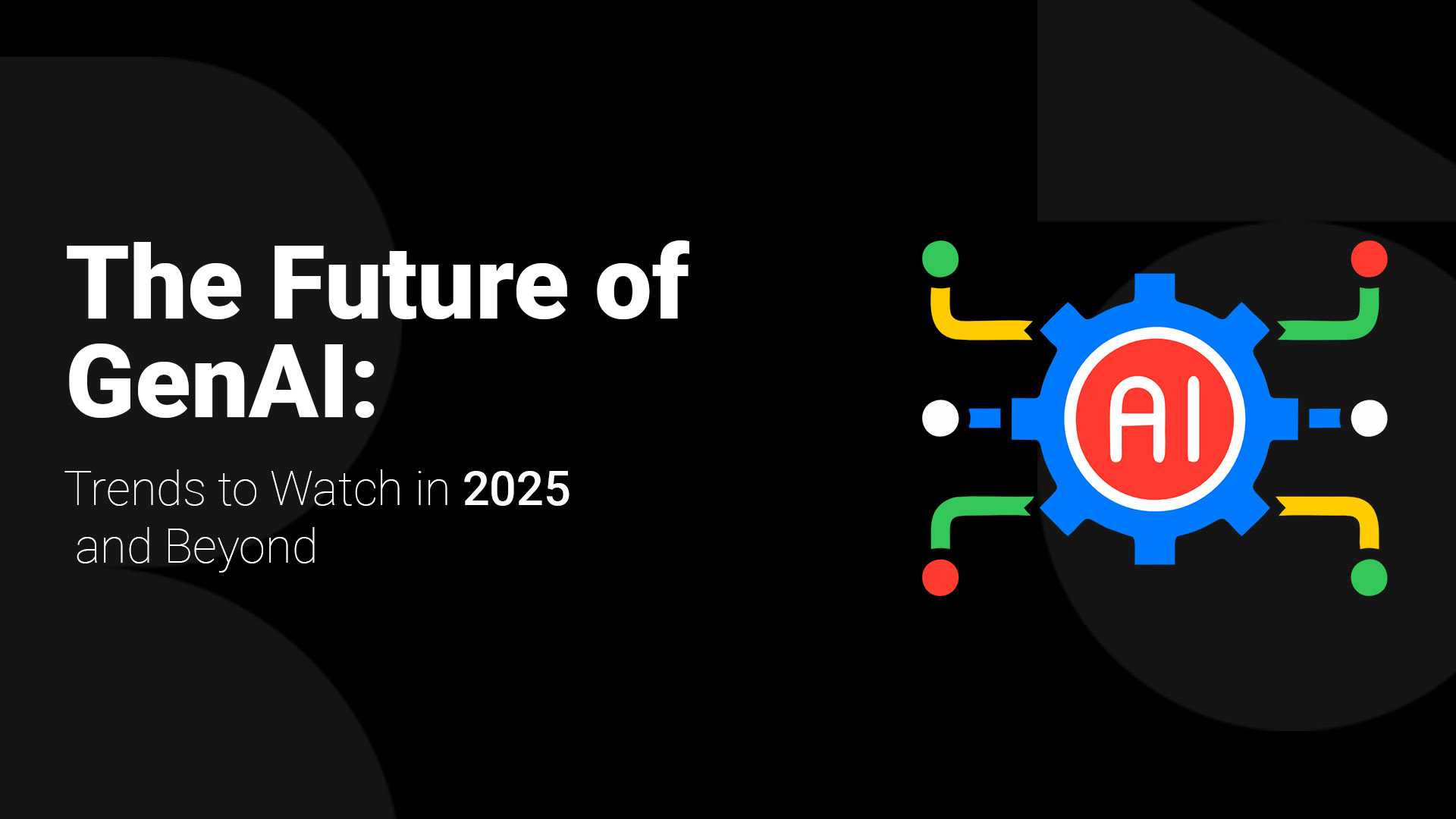
In the fast-paced landscape of modern business, staying ahead requires not just innovation but a strategic embrace of transformative technologies. One such paradigm-shifting force is Hyperautomation, a dynamic approach that goes beyond traditional automation, integrating cutting-edge technologies to revolutionize how organizations operate. In this article, we delve into the depths of Hyperautomation, exploring its definition, pillars, benefits, real-world applications, implementation guide, challenges, and the promising future it holds.
Hyperautomation isn't merely a buzzword; it's a strategic imperative for businesses navigating the complexities of the digital age. At its core, Hyperautomation involves the seamless integration of advanced technologies to automate and optimize business processes comprehensively. It extends beyond routine tasks, incorporating artificial intelligence (AI), machine learning (ML), robotic process automation (RPA), and low-code/no-code platforms to create a holistic and intelligent automation ecosystem.
AI forms the bedrock of Hyperautomation, enabling systems to learn, adapt, and make intelligent decisions. By leveraging machine learning algorithms, businesses can automate intricate tasks, enhancing efficiency and accuracy.
ML complements AI by providing systems with the ability to learn from data, identify patterns, and continuously improve. This iterative learning process ensures that automation becomes increasingly refined over time.
RPA brings a tangible robotic element to Hyperautomation, automating rule-based tasks that traditionally required human intervention. This not only speeds up processes but also minimizes errors.
Low-code/no-code platforms democratize automation, allowing users with varying technical expertise to contribute to the development and deployment of automated processes. This fosters collaboration and accelerates automation initiatives.
Embracing Hyperautomation yields a myriad of benefits that resonate throughout an organization.
Through the synergistic integration of AI, ML, and RPA, Hyperautomation streamlines workflows, reducing manual intervention and significantly increasing operational efficiency.
Automation translates to cost savings by minimizing human errors, optimizing resource allocation, and enabling organizations to achieve more with fewer resources.
The intelligent insights derived from Hyperautomation empower businesses to make informed decisions, driven by real-time data and analysis.
By automating repetitive tasks, organizations can redirect human resources towards delivering personalized and high-quality customer experiences, fostering loyalty and satisfaction.
To grasp the true impact of Hyperautomation, let's explore real-world examples across diverse industries.
In manufacturing, Hyperautomation has revolutionized production lines, enabling predictive maintenance, optimizing supply chains, and ensuring seamless operations.
Financial institutions leverage Hyperautomation to streamline complex processes like risk assessment, fraud detection, and compliance, ensuring accuracy and regulatory adherence.
In the healthcare sector, Hyperautomation facilitates patient data management, appointment scheduling, and even aids in medical diagnostics, enhancing overall patient care.
Achieving successful Hyperautomation implementation demands a structured approach. Here's a concise guide:
Define clear objectives, identify processes for automation, and establish key performance indicators (KPIs) to measure success.
Leverage low-code/no-code platforms to design automated workflows, ensuring seamless integration with existing systems.
Execute a phased deployment, starting with pilot projects to mitigate risks and gradually scaling up as confidence and success build.
While the benefits of Hyperautomation are immense, organizations must navigate common challenges on their automation journey.
Addressing cultural resistance is crucial. Communicate the benefits of automation transparently, involve employees in the process, and provide adequate training to foster acceptance.
Ensuring seamless integration with existing data ecosystems is a challenge. Invest in robust data integration solutions to prevent silos and ensure the free flow of information.
Successful Hyperautomation requires a cultural shift. Implement change management strategies to guide employees through the transition, emphasizing the positive impact on their roles.
As technology evolves, so does Hyperautomation. Emerging trends promise even greater advancements.
The integration of Hyperautomation with edge computing is on the horizon, allowing organizations to process data closer to the source, enhancing speed and efficiency.
Advancements in AI and ML will lead to more sophisticated cognitive automation, enabling systems to comprehend and execute tasks that traditionally required human intelligence.
Hyperautomation will become more interoperable, seamlessly integrating with a broader spectrum of technologies, ensuring a unified and interconnected automation landscape.
In conclusion, Hyperautomation is not a mere trend but a fundamental shift in how businesses operate. Its transformative power, harnessed through AI, ML, RPA, and low-code/no-code platforms, propels organizations towards unprecedented efficiency, cost savings, and innovation. As we look to the future, the continued evolution of Hyperautomation promises a landscape where automation is not just a tool but an integral part of organizational DNA. Embrace the future, embrace Hyperautomation.
Hyperautomation is a transformative approach that integrates advanced technologies like AI, ML, RPA, and low-code/no-code platforms to automate and optimize business processes comprehensively. By enhancing efficiency, reducing costs, and improving decision-making, Hyperautomation is reshaping industries such as manufacturing, finance, and healthcare. Its implementation involves careful planning, designing workflows, and phased deployment, while addressing challenges like cultural resistance and data integration. As it evolves, Hyperautomation promises advancements like edge computing, enhanced cognitive automation, and greater interoperability, making it a cornerstone of modern business innovation.

The Metaverse is a virtual, interconnected digital universe...

This comprehensive guide to website design covers everything...

Generative AI (GenAI) is poised to redefine industries in 20...